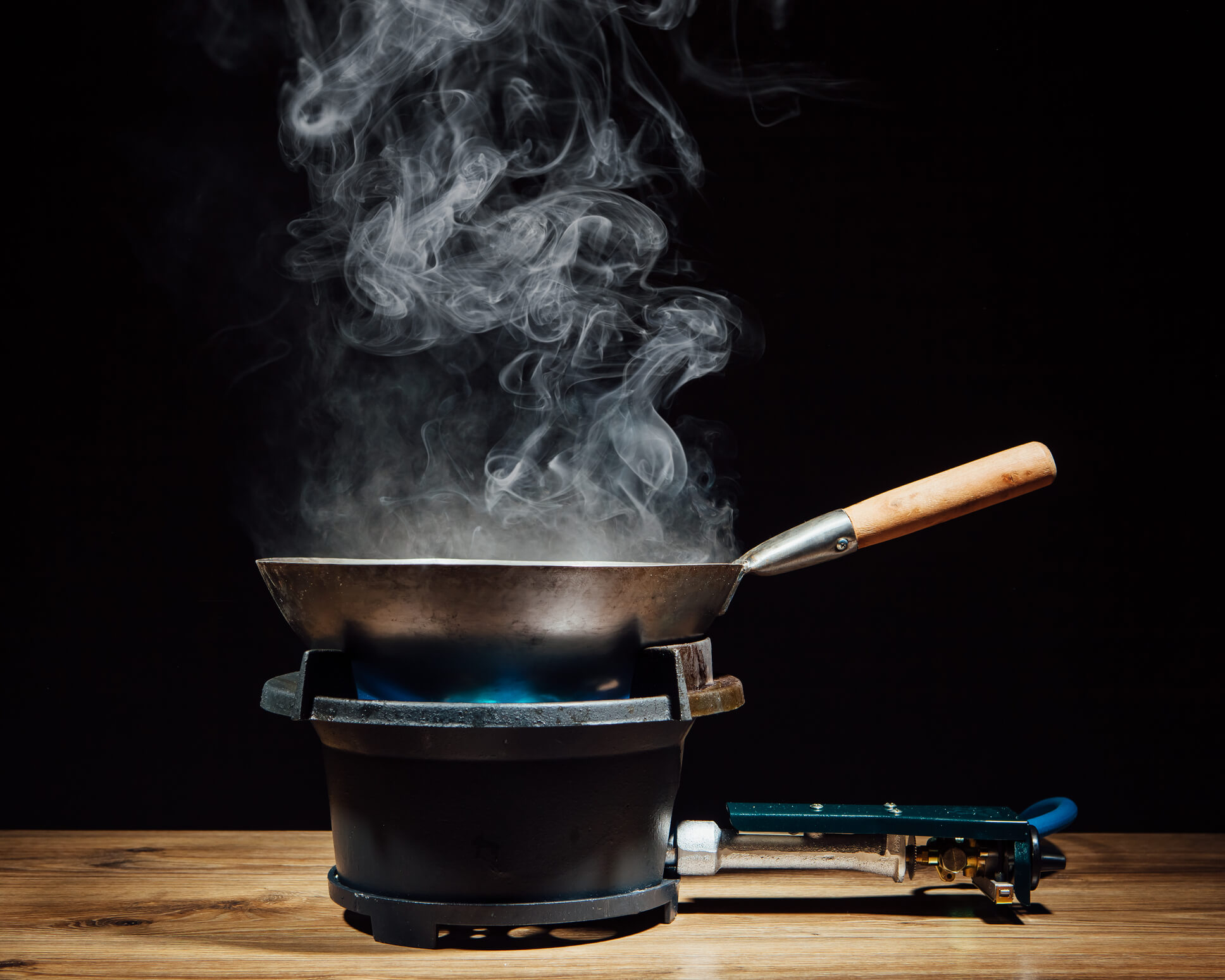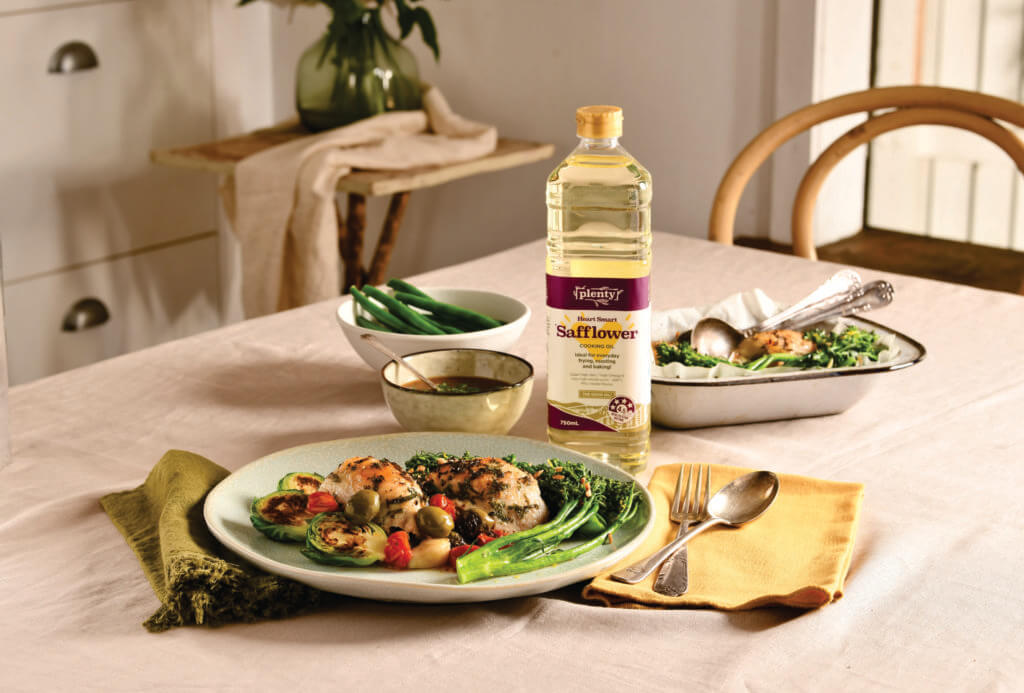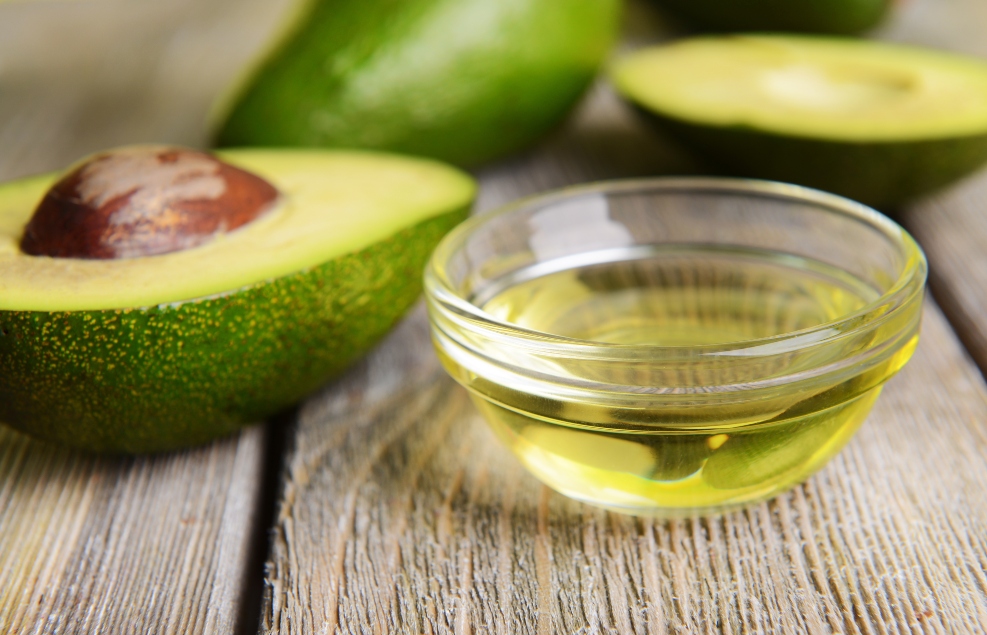Kingaroy-based Plenty Foods has released a super high oleic safflower oil, set to shake up the $920 million edible oil category.

(Updated, March 1 2024)
One of the most distinct differences between cooking oils apart from their wonderful flavours and plant-based sources is their various smoke points. An oil’s smoke point will give some guidance around how different oils can be used. There is also a perception that ‘burned’ oil is deteriorated producing toxic and, in some cases, substances that can be dangerous to our health. Some of the deterioration that occurs in fats and oils is caused by heating to high temperatures for prolonged periods. These fats are peroxides, aldehydes, ketones and hydroperoxides. Any of these can be considered toxic under particular circumstances.
The bluish smoke given off at the smoke point is the aldehyde acrolein. This is a result of the breakdown of the glycerol associated with triglycerides. The smoke point marks the beginning of nutritional and flavour degradation and the production of free radicals. The presence of antioxidants helps prevent this and makes the the smoke point occur at a higher temperature.
When pan frying, oil heats up to between 160-240°C; the optimal temperature being around 180°C. Lower temperatures are used in other forms of cooking such as roasting and baking. In Asian countries where the wok is used for stir-frying, temperatures higher than this can be expected. Oil can also be used as a salad dressing at room temperature, in sauces or as a dip, and oils with lower smoke points will be better suited to this.
The importance of smoke point from a chef’s point of view was highlighted by a chef in Blenheim, New Zealand. When quizzed about which oil he used for frying, his answer was avocado oil which has the highest smoke point of all oils. Additionally, he liked the flavour. Questioned further as to why he didn’t use some of the locally produced extra virgin olive oil, his answer was that simply that in a very busy kitchen kitchen that he was unable to monitor frying all the time and the lower smoke point of olive oil often caught him out when food he was frying in it became spoiled with lapses of attention. For him, in these circumstances, price was not the main issue.
The comparative list of smoke points provided below is a rough estimate collated from multiple sources and are within a few degrees of relative smoke points:
| Fat | Quality | Smoke Point | |
| Almond oil | 420°F | 216°C | |
| Avocado oil | 520°F | 271°C | |
| Butter | 350°F | 177°C | |
| Canola oil | Expeller Press | 464°F | 240°C |
| Canola oil | High Oleic | 475°F | 246°C |
| Coconut oil | Unrefined | 350°F | 177°C |
| Flax seed oil | Unrefined | 225°F | 107°C |
| Grapeseed oil | 420°F | 216°C | |
| Hazelnut oil | 430°F | 221°C | |
| Hemp oil | 330°F | 165°C | |
| Macadamia oil | 413°F | 210°C | |
| Olive oil | Extra virgin | 375°F | 191°C |
| Olive oil | Virgin | 420°F | 216°C |
| Olive oil, high quality (low acidity) | Extra virgin | 405°F | 207°C |
| Palm oil | Difractionated | 455°F | 235°C[1] |
| Peanut oil | Unrefined | 320°F | 160°C |
| Peanut oil | Refined | 450°F | 232°C |
| Rice bran oil | 490°F | 254°C | |
| Safflower oil | Refined | 510°F | 266°C |
| Sesame oil | Unrefined | 350°F | 177°C |
| Soybean oil | Unrefined | 320°F | 160°C |
| Soybean oil | Refined | 450°F | 232°C |
| Sunflower oil, high oleic | Unrefined | 320°F | 160°C |
| Sunflower oil | Refined | 450°F | 232°C |
| Walnut oil | Unrefined | 320°F | 160°C |
Refined oils tends to have a higher smoke point as impurities and free fatty acids are removed during the refining process. There are multiple instances in the above table where the refined version of an oil has a higher smoke point than its unrefined counterpart.
Another point to consider is that when frying, very little oil penetrates the food. So even if an oil’s smoke point is exceeded, the toxins formed are unlikely to enter into the the part of the food that is eaten in any quantity. Drying the food after frying to remove the external oil also reduces toxin absorption if the smoke point has been exceeded.
As far as potential loss of health benefits is concerned, tocopherols (includes Vitamin E) are destroyed or inactivated at 180°C while phenols (anti-oxidants such as the bitter component oleuropein) are more resistant to heat and will be retained at higher temperatures.
In summary, with frying at the ideal temperature smoke point above 180°C high quality Macadamia oil has strong robust flavours and there are the added health benefits in using this oil. Also, our Super High Oleic Safflower Oil has been developed to remain stable at very high temperatures and is a versatile kitchen all-rounder with a neutral flavour and many uses, from grilling and frying to subbing wherever any recipe cites “vegetable oil”.
Related News

Local ‘Super’ Cooking Oil Hits Market

New label launch for Plenty’s super high oleic safflower cooking oil
Plenty Safflower Oil has the highest proportion of oleic acid and the lowest amount of saturated fats, of all common cooking oils.

Avocado Oil
Avocado oil is an ultra rich oil and a delightful treasure containing high amounts of vitamin…